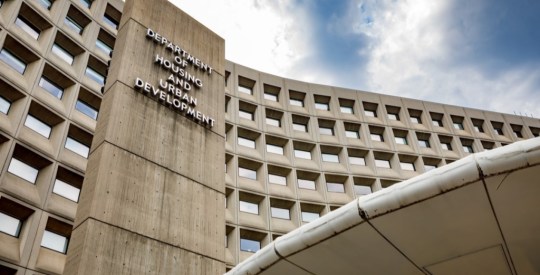Analysts at Barclays Capital believe many overestimate the amount of borrowers who strategically default on their mortgages. Additionally, they said the trend of walking away from one’s mortgage obligations has been reversing in recent quarters. Though there is no universal definition, borrowers are considered to have strategically defaulted when they stop making mortgage payments even though they have the means to do so. Because no fiscally sound borrower would deliberately choose to walk away from a home while there was still equity in it, being underwater on the loan – meaning the home is worth less than what is owed on the mortgage – is a necessary requirement for strategic default, according to BarCap. Analysts looked at loan-level data from Equifax and found 1.9 million loans with enough payment history to determine if the borrower strategically defaulted or not. They found that 8.4% of these mortgages, nearly 150,000 loans, were strategically defaulted on. “Some studies routinely classify all borrowers who default on their mortgage obligation while continuing to service other debt as strategic,” BarCap analysts said. “However, we classify them as non-strategic if the borrower chooses to default on just the mortgage, but there is clear evidence of extraneous economic shocks (income/payment shock).” They broke down the definition into two types of strategic default: passive and active. Passive strategic defaulters walked away from the mortgage without any change in their ability to pay. These were 10 times more prominent than active defaulters, who took out a new mortgage before walking away from the old one. The loans are usually cash-out refinancings or second liens. The share of strategic defaulters peaked at 12.5% in 2009 and dropped in recent quarters (see chart below).  “We think the recent decline in share of strategic defaults stems from stabilization in the housing market,” BarCap analysts said. They added that the biggest signal for strategic default has been the borrower’s FICO score. Just 4% of 600 FICO borrowers strategically defaulted, compared to 11% of those with 720 FICO. Analysts gave an explanation. “Intuitively, weaker quality borrowers likely have limited means and hence default on most of their obligations when their means are restricted,” they said. “One could also argue that higher-FICO borrowers tend to be more sophisticated and thus more likely to consider economic arguments to default, even if they had the means to pay.” States with no or limited recourse do not tend to have higher levels of strategic default. Though this goes against reasoning, lenders have shown lax enforcement. There was no difference between states that have a judicial foreclosure process compared to nonjudicial ones. Analysts did note that there is more incentive to walk away in judicial ones since there are more benefits to taking advantage of the longer foreclosure timelines and living rent free in a nonjudicial state. “Strategic defaults are real, but the magnitude is smaller than what typically gets quoted in surveys,” BarCap said. “We think that the overall effect of strategic defaults is rather limited.” Write to Jon Prior. Follow him on Twitter: @JonAPrior
“We think the recent decline in share of strategic defaults stems from stabilization in the housing market,” BarCap analysts said. They added that the biggest signal for strategic default has been the borrower’s FICO score. Just 4% of 600 FICO borrowers strategically defaulted, compared to 11% of those with 720 FICO. Analysts gave an explanation. “Intuitively, weaker quality borrowers likely have limited means and hence default on most of their obligations when their means are restricted,” they said. “One could also argue that higher-FICO borrowers tend to be more sophisticated and thus more likely to consider economic arguments to default, even if they had the means to pay.” States with no or limited recourse do not tend to have higher levels of strategic default. Though this goes against reasoning, lenders have shown lax enforcement. There was no difference between states that have a judicial foreclosure process compared to nonjudicial ones. Analysts did note that there is more incentive to walk away in judicial ones since there are more benefits to taking advantage of the longer foreclosure timelines and living rent free in a nonjudicial state. “Strategic defaults are real, but the magnitude is smaller than what typically gets quoted in surveys,” BarCap said. “We think that the overall effect of strategic defaults is rather limited.” Write to Jon Prior. Follow him on Twitter: @JonAPrior
BarCap claims strategic default is overestimated
Most Popular Articles
Latest Articles
New HUD rule aims to increase lender participation in tribal housing program
HUD says the new rule is designed to increase and streamline Native American borrowers’ access to homeownership.



